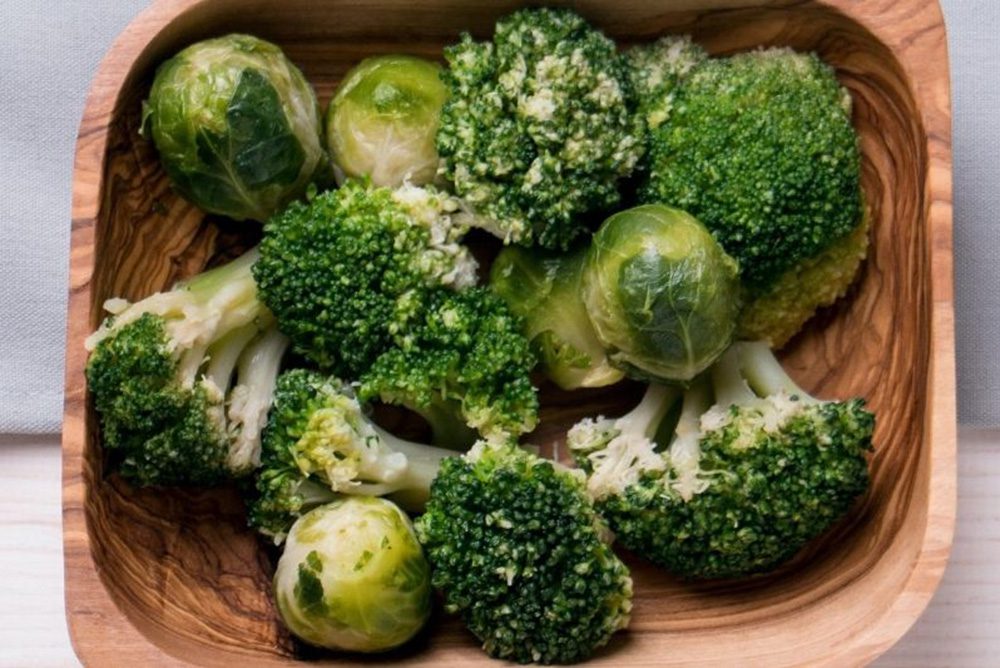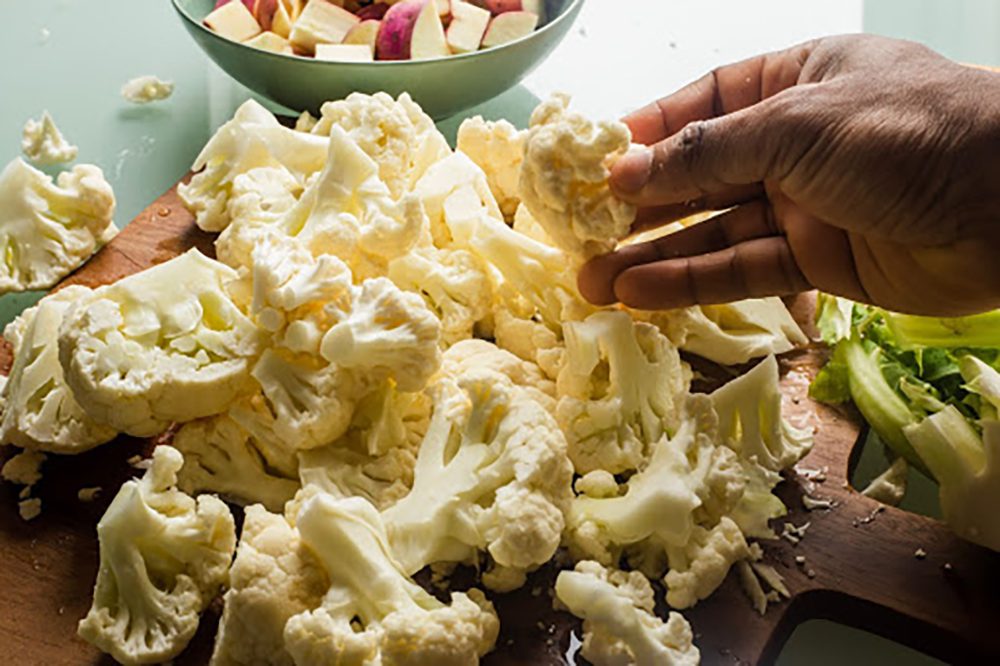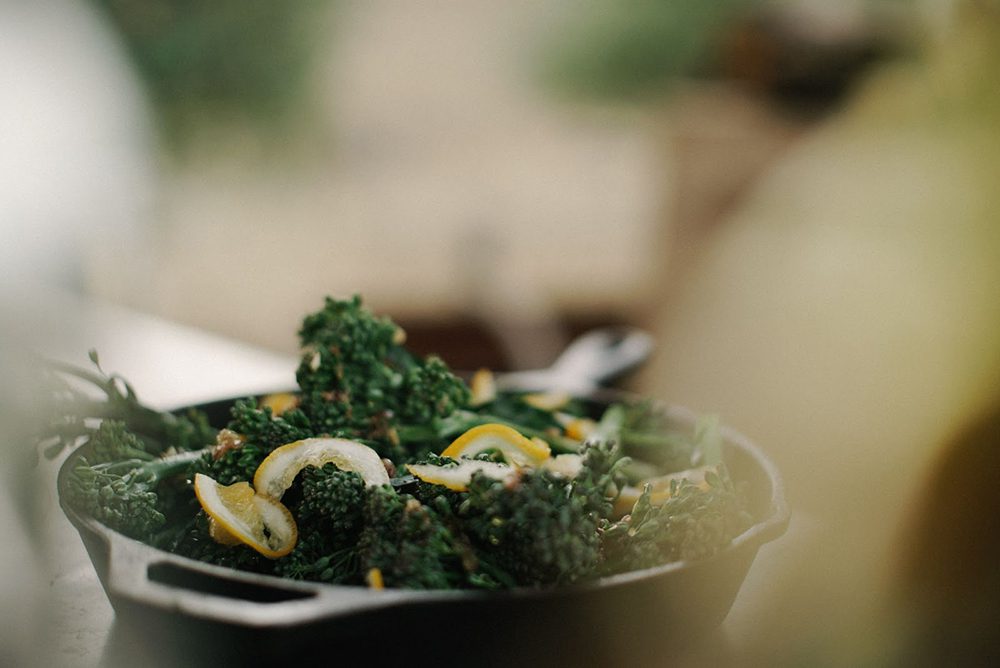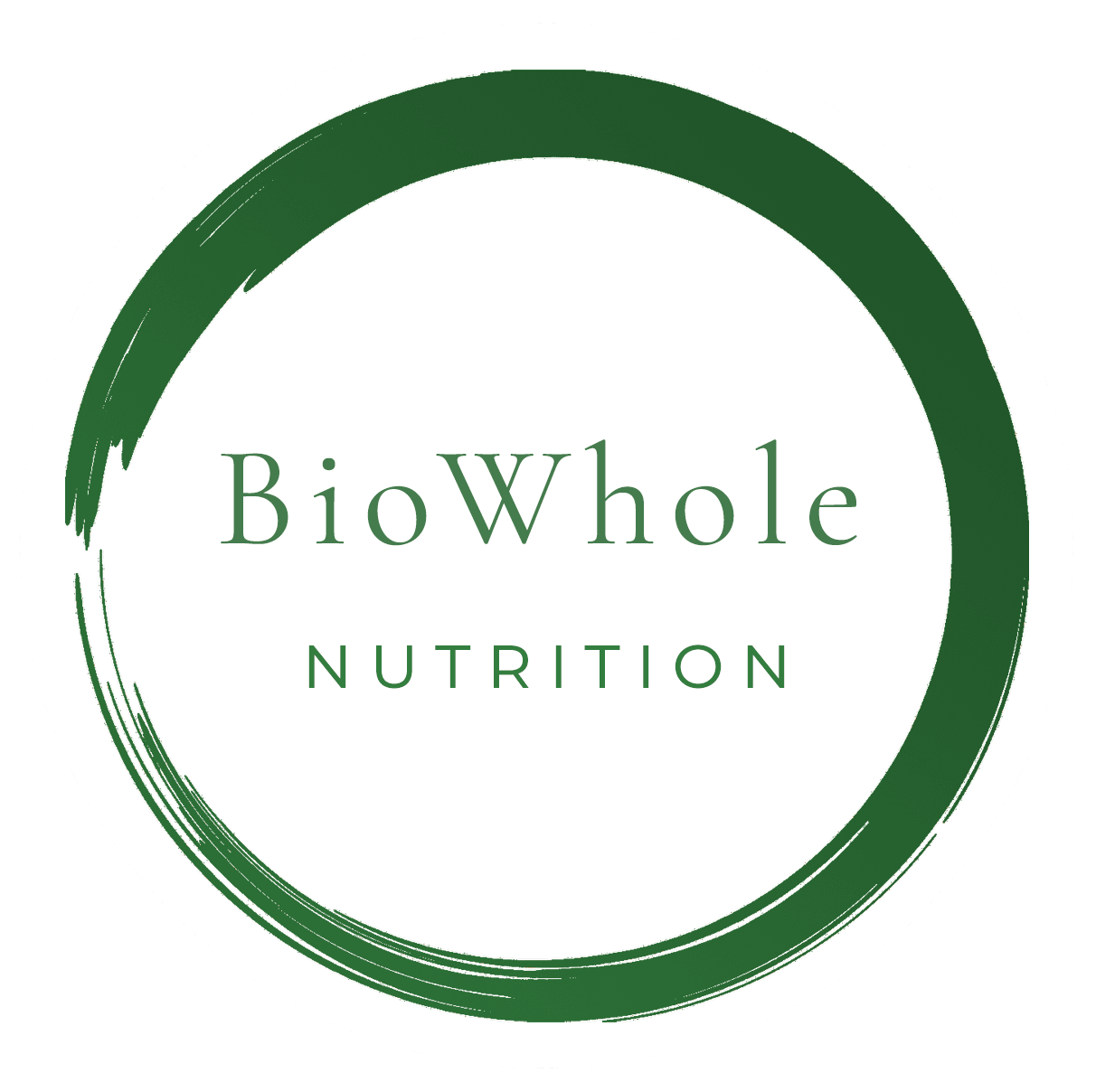
It’s every Nutritionist’s mantra, “Eat more Broccoli”. Touted for its health promoting benefits and a reduction of chronic diseases, broccoli and its breakdown constituents sulphoraphane have been studied immensely as being “plant medicine”. Sulphoraphane activates a transcription factor in the body called NRF2, which is responsible for activating 200 genes in the body, linked to it being an antioxidant and a potent anti-inflammatory. One of the main areas where sulphoraphane has shown a vital improvement is in the context of cardio-vascular disease, where it decreases Low density Lipoprotein (LDL) and adhesion molecules that bind to the arteries in the bloodstream. Additionally, sulphoraphane has also been widely studied in the context of cancer through many different mechanisms and researchers are now calling sulphoraphane “green chemoprevention” as it is easily affordable and more cost-effective than traditional chemopreventive drugs. NRF2 activates detoxification enzymes in the liver, which enables it to excrete carcinogens from the body which may help prevent cancer and other chronic diseases. Studies done in cancer, depict sulphoraphane to be effective in preventing and treating various cancers such as prostate, breast, colon, skin, urinary and oral cancers by promoting cell death in cancerous cells, reducing inflammation and exhibiting antioxidant and anti-inflammatory properties. In conjunction, research suggests that individuals consuming broccoli regularly, expressed higher levels of a tumor suppressor gene p16 than those individuals who consumed no or a small number of vegetables.
As a Nutritionist, I am always trying to get my clients to eat vegetables that have a multifold effect in the body and cruciferous vegetables definitely fit the bill. So, what are Cruciferous vegetables? Cruciferous or Brassica vegetables originate from a family of plants known as Cruciferae and have been an important part of the human diet worldwide. These commonly consumed Cruciferous vegetables include Broccoli, Brussel Sprouts, Cabbage, Cauliflower, Collard Greens, Kale, Kohlrabi, mustard, rutabaga, turnips, Bok choy, horseradish, watercress, wasabi and Swiss Chard.

Cruciferous vegetables are unique in that they are a rich source of sulfur-containing compounds known as glucosinolates, of which the most widely reviewed is glucoraphanin. These glucosinolates are converted into isothiocyanates through the action of the enzyme Myrosinase which is present in the plant tissue itself, and is activated when the plant is crushed, chopped or chewed. Our gut microbiomes also contain the enzyme Myrosinase, which leads to the notion that humans were designed to get the precursor glucoraphanin and the vital components that come with eating these strong pungent flavors. Of these Isothiocyanates, sulphoraphane from Broccoli and broccoli spouts has been studied immensely for its ability to act as “green chemoprevention”. Not all Cruciferous vegetables contain Sulphoraphane, however all of them contain Isothiocyanates which are extremely effective blockers of carcinogens and increase the rate of detoxification.
There are many factors that can affect the bioavailability of the bioactive compound sulphoraphane including the cooking and the co-ingestion of other substances that increases its bioavailability, but research depicts that light steaming for about 3-4 minutes seems to be the ideal methodology to keep the enzyme Myrosinase intact for the conversion of glucoraphanin to sulphoraphane.
Apart from its ability to regulate NrF2, Broccoli and other like cruciferous vegetables contain phenolic compounds, vitamin A, vitamin E, and vitamin C, all which are well known antioxidants. Additionally, broccoli contains a whole array of B-vitamins including folic acid, which is imperative for DNA repair enzymes, along with Magnesium which plays a crucial role in energy production, muscle contraction and bone development. Furthermore, it contains vitamin K, which is an essential nutrient for blood clotting, and also plays a crucial role in keeping our bones healthy. Broccoli also contains the antioxidant lutein and zeathanthin which prevents cellular damage to the eyes.

The fiber contained within these cruciferous vegetables, both soluble and insoluble are vital to the health of our gut microbiome and promotes the growth of our beneficial bacteria namely Bifidobacteria. Consuming a fiber rich diet is linked to having protective mechanisms against diabetes, cardiovascular disease, certain cancers and obesity. The fiber contained within these cruciferous vegetables creates a sense of satiety within a meal and its breakdown metabolites are closely tied to the importance of our microbial ecology. These gut microbes feed off these fibers and multiply in number which is vital to ward off the pathogenic bacteria and to keep our gut lining intact, which is our first line of defense against the bad guys. The byproducts of fiber in our GI tract are three short chain fatty acids being, acetate, propionate and butyrate, of which butyrate has been vastly studied for its anti-inflammatory effects and neuroprotective benefits.
Sulphoraphane, especially from Broccoli Sprouts has also shown to be efficacious in the treatment of Autism Spectrum Disorder (ASD), again through the activation of NrF2. NrF2 has been implicated in reducing neuroinflammation and oxidative stress in the brain and restoring levels of glutathione which is seen lacking in autistic children. Various studies done in Autistic children show that Sulphoraphane from Broccoli sprouts depicts an improvement in social, cognitive behavior and an improvement of verbal communication, whilst improving neuronal signaling and cognitive function. This may also be contributed to the fact that gut-brain axis is positively influenced by the fiber and the phytonutrients in the broccoli and broccoli sprouts. Sulphoraphane has also shown to exhibit neuroprotective effects in traumatic brain injury, Alzheimer’s disease and Parkinson’s.
Sulphoraphane from Broccoli sprouts has also shown to assist with the detoxification of carcinogenic effects of chemicals in foods and from tobacco smoke and air pollution. Glucoraphanin and sulphoraphane have shown to induce phase II detoxification enzymes, which are protective to our cells and enable the excretion of compounds through the kidneys and/or bile and ultimately end up in our feces. Individuals who consumed cruciferous vegetables, especially broccoli sprouts showed an increase in the excretion of benzene which is found in tobacco smoke and air pollution.
Cruciferous vegetables should be a staple in everyone’s diet, and I recommend eating them at least 3x a week. I recommend cycling your cruciferous vegetables so that they don’t get mundane. In all honestly, I like my broccoli lightly steamed and drizzled with a nice big serving of extra virgin olive oil with salt and pepper. I personally have an obsession with cauliflower rice and integrate different spices such as turmeric and curry powder to add new flavors each time. You can add a vast array of vegetables into your fried rice as well, and if you find the taste too pungent, chop them up into small pieces so that the taste can be masked. I like my Brussel sprouts baked in the oven with a light drizzle of tamari. The world is your horizon when it comes to experimenting with cruciferous vegetables.
Brussel Sprouts in Coconut Cream
(Brussel sprouts increase the production of Glutathione which is our body’s most powerful antioxidant)
Ingredients:
- 300 Grams of Brussel Sprouts (these can be chopped in half or cut lengthwise)
- 1 Cup Coconut Cream
- 2 Cloves of Garlic (Finely Chopped)
- 3 Tbsp Extra Virgin Olive Oil
- ½ Tsp Salt
- ¼ Tsp Pepper
Directions:
In a cast iron pan, heat up 3 Tbsp of Extra Virgin Olive Oil. Once the oil is hot, gently sauté in the garlic cloves for about 30 seconds. Throw in the Brussel sprouts and cook for another minute with the garlic. Add the coconut cream, salt and pepper and cook until the Brussel Sprouts are mildly soft. You don’t want to overcook them as they can get mushy.
